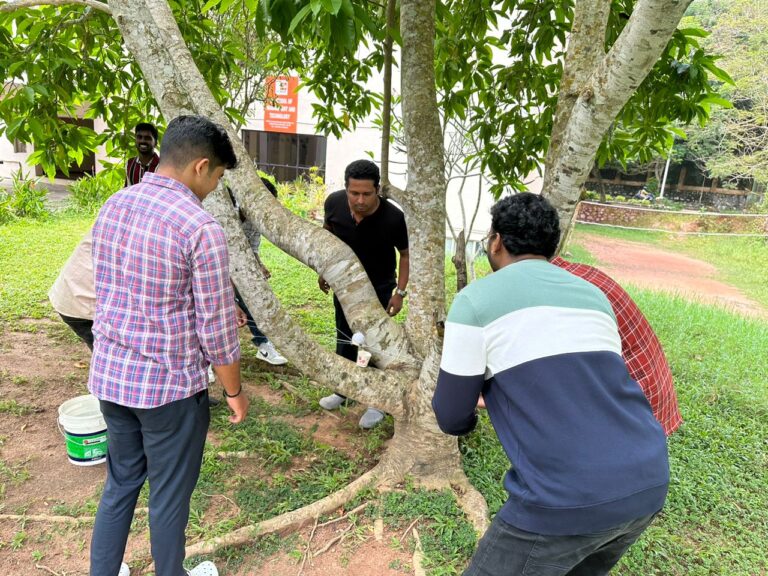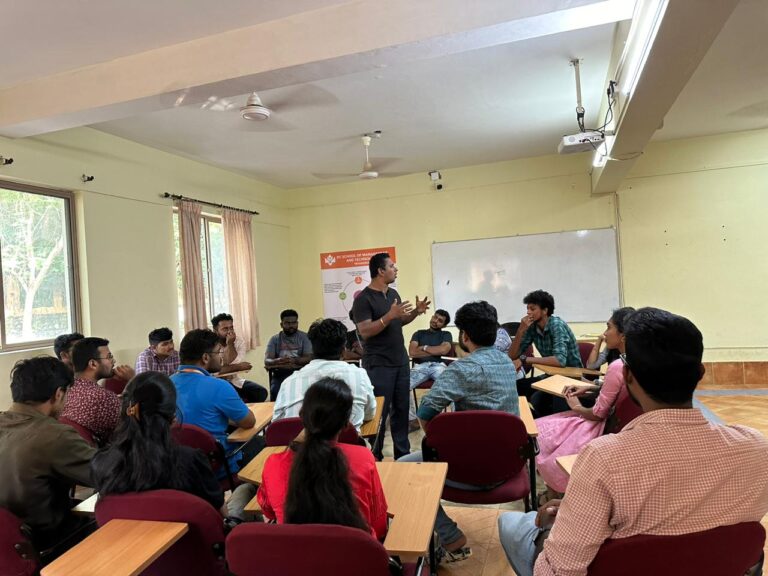Faculty : Mr. Amal Manilal
Batch : 2023-25
Activity : Team Building activities
Objectives:
Overview:
The paper plane making game is a simple but effective activity that can be used to teach students about a variety of operations management concepts, such as inventory management, lead time, purchasing, process design, product design, delivery, and quality control.
The game is typically played in rounds, with each round focusing on a different concept. For example, one round might focus on inventory management, while another round might focus on process design.
Activities/Rounds:
Round 1: Inventory Management
Round 2: Lead Time
Round 3: Purchasing
Round 4: Process Design
Round 5: Product Design
Round 6: Delivery
Round 7: Quality Control
Benefits:
The paper plane making game offers a number of benefits for students, including:
Objectives:
Overview:
The Mafia game (also known as Among Us) is a social deduction game in which players are assigned secret roles. The goal of the Mafia players is to kill all of the other players, while the goal of the other players is to identify and eliminate the Mafia players.
The game is typically played in rounds, with each round consisting of two phases: the night phase and the day phase. During the night phase, the Mafia players can choose one player to kill. During the day phase, the other players can discuss what happened during the night phase and vote to eliminate one player.
The game ends when either all of the Mafia players have been eliminated or all of the other players have been killed.
Activities/Rounds:
The Mafia game can be adapted to be played with any number of players, but it is typically played with 10-14 players. The game can be played in multiple rounds, with each round consisting of the following steps:
The game ends when either all of the Mafia players have been eliminated or all of the other players have been killed.
Benefits:
The Mafia game offers a number of benefits for management students, including:
Additional Notes:
The Mafia game can be customized to fit the specific needs of your management course. For example, you can add or remove roles, or you can change the rules of the game. You can also use the game to teach specific management concepts, such as teamwork, communication, and leadership.
Here are some additional tips for using the Mafia game in a management course:
Objectives:
Overview:
The Bull Ring is a team building activity that requires participants to work together to balance a ball on a ring using a set of ropes. The goal of the activity is to move the ball from one point to another without dropping it.
Activities/Rounds:
Benefits:
The Bull Ring team building activity offers a number of benefits for management students, including:




Additional Notes:
The Bull Ring activity can be customized to fit the specific needs of your management course. For example, you can make the activity more challenging by using a smaller ball or by giving the participants a shorter amount of time to move the ball to the other side. You can also use the activity to teach specific management concepts, such as planning, organization, and communication.
Here are some additional tips for using the Bull Ring activity in a management course:
Variations:
There are a number of variations of the Bull Ring activity. For example, you can have the participants move the ball through a maze or have them try to balance the ball on the ring while standing on one leg. You can also use different types of balls and rings, such as beach balls and hula hoops.
Safety:
It is important to make sure that the Bull Ring activity is conducted in a safe manner. Here are some safety tips:
Objectives:
Overview:
The Five-Pointed Star is a team building activity that requires participants to work together to build a five-pointed star using a 6-meter rope. The goal of the activity is to build the star in the shortest amount of time possible, with only one hand of each participant touching the rope.
Activities/Rounds:
Benefits:
The Five-Pointed Star team building activity offers a number of benefits for management students, including:
Additional Notes:
The Five-Pointed Star activity can be customized to fit the specific needs of your management course. For example, you can make the activity more challenging by using a shorter rope or by giving the participants a shorter amount of time to build the star. You can also use the activity to teach specific management concepts, such as planning, organization, and communication.
Here are some additional tips for using the Five-Pointed Star activity in a management course:
Variations:
There are a number of variations of the Five-Pointed Star activity. For example, you can have the participants build different shapes using the rope, such as a triangle, square, or hexagon. You can also have the participants build the star while blindfolded or with one hand tied behind their backs.
Safety:
It is important to make sure that the Five-Pointed Star activity is conducted in a safe manner. Here are some safety tips: